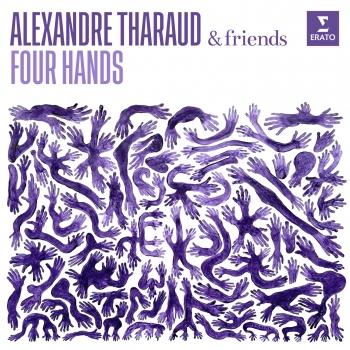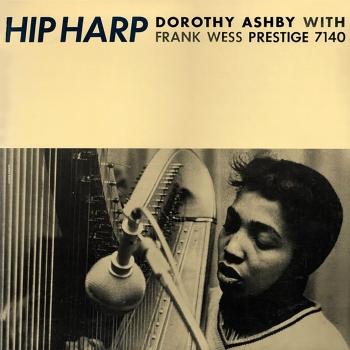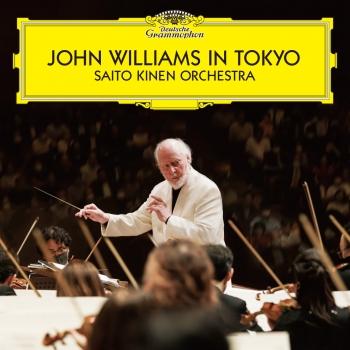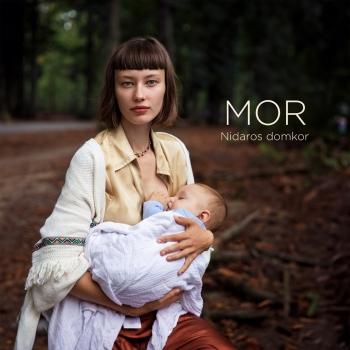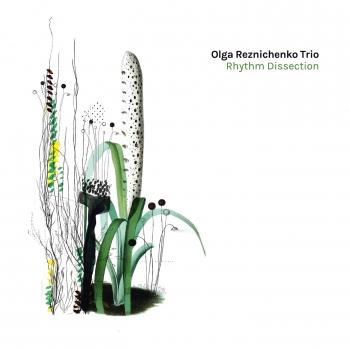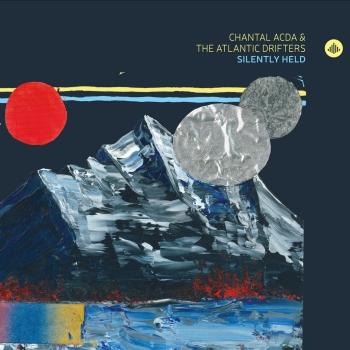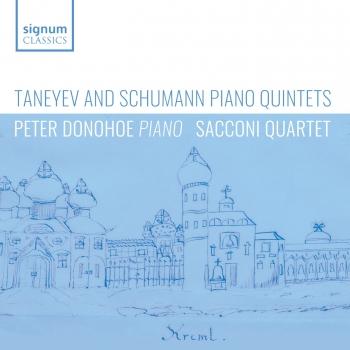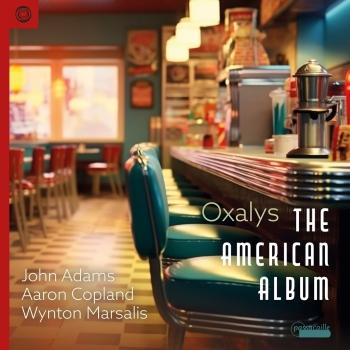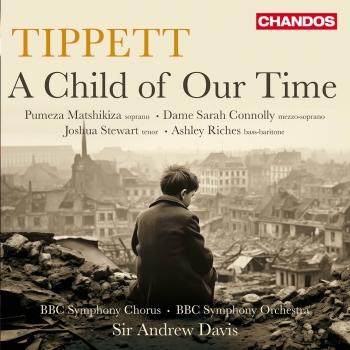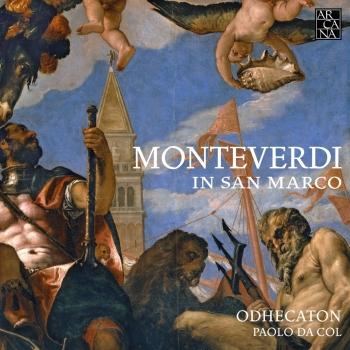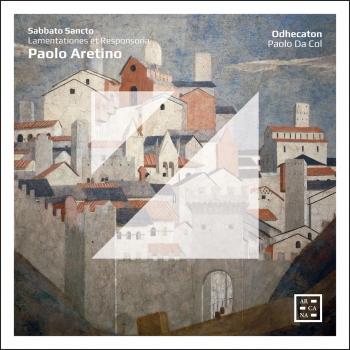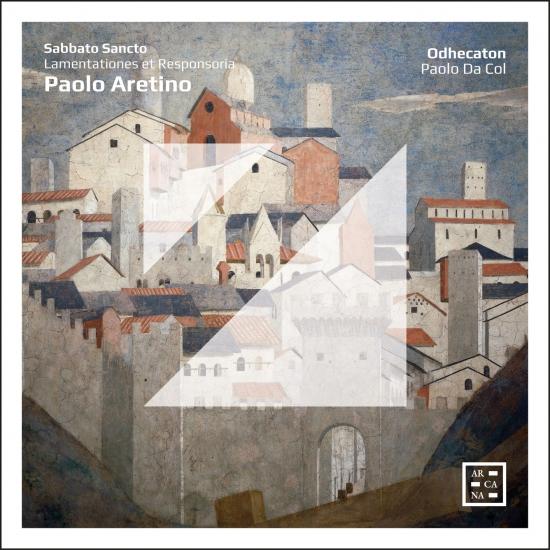
Sabbato Sancto - Paolo Aretino: Lamentationes et Responsoria Odhecaton & Paolo Da Col
Album info
Album-Release:
2023
HRA-Release:
15.09.2023
Label: Arcana
Genre: Classical
Subgenre: Vocal
Artist: Odhecaton & Paolo Da Col
Composer: Paolo Aretino (Paolo Antonio del Bivi (1508-1584)
Album including Album cover Booklet (PDF)
- Paolo Aretino (1508 - 1584): In primo nocturno:
- 1Aretino: In primo nocturno: Lamentatio I06:59
- 2Aretino: In primo nocturno: Responsorium I. Sicut ovis ad occisionem03:07
- 3Aretino: In primo nocturno: Lamentatio II05:55
- 4Aretino: In primo nocturno: Responsorium II. Jerusalem, luge02:47
- 5Aretino: In primo nocturno: Lamentatio III07:23
- 6Aretino: In primo nocturno: Responsorium III. Plange quasi virgo05:00
- In secundo nocturno:
- 7Aretino: In secundo nocturno: Responsorium IV. Recessit Pastor noster03:33
- 8Aretino: In secundo nocturno: Responsorium V. O vos omnes03:10
- 9Aretino: In secundo nocturno: Responsorium VI. Ecce quomodo moritur Iustus04:53
- In tertio nocturno:
- 10Aretino: In tertio nocturno: Responsorium VII. Astiterunt reges02:29
- 11Aretino: In tertio nocturno: Responsorium VIII. Aestimatus sum02:51
- 12Aretino: In tertio nocturno: Responsorium IX. Sepulto Domino05:02
- Benedictus:
- 13Aretino: Benedictus09:54
Info for Sabbato Sancto - Paolo Aretino: Lamentationes et Responsoria
Innerhalb des italienischen polyphonen Repertoires des frühen 16. Jahrhunderts für die Karwoche sticht eine Gruppe von Werken besonders hervor: die beiden Bücher mit vierstimmigen Lamenti und Responsorien für das Offizium der Tenebrae aus dem Triduum sacrum von Paolo Aretino (Paolo Antonio del Bivi, 1508-1584).
Aretino, Maestro di cappella an der Kathedrale und an Santa Maria della Pieve in Arezzo, galt zu seiner Zeit als ein wahres Symbol für den Ruhm der Stadt, ebenso wie der berühmte Schriftsteller Pietro Aretino. Er hatte wiederholt Kontakte zum Hof der Medici, und es lassen sich tatsächlich einige charakteristische Merkmale seines Stils auf die florentinische Tradition des späten 15. Jahrhunderts zurückführen, während des Triduums regelmäßig Polyphonie zu verwenden. Besonders hervorzuheben sind die Verwendung von gleichberechtigten Stimmen und vor allem die Übernahme eines strengen und feierlichen deklamatorischen Stils, der eng mit der Struktur des Textes verbunden ist. All dies wird jedoch nicht nur mit äußerster Raffinesse vermittelt, sondern beinhaltet auch einige sehr auffällige Überschreitungen der Stimmlagen, die in der zeitgenössischen italienischen Musik selten zu finden sind. Ein Beispiel dafür ist die Verwendung von zwei oder drei Bassstimmen zusammen mit einem tiefen Bass, wie zum Beispiel in den Klageliedern für den Karsamstag, die in dieser Aufnahme zusammen mit ihren jeweiligen Responsorien vollständig präsentiert werden.
Odhecaton
Paolo Da Col, Leitung

 Odhecaton
Odhecaton
The Italian vocal ensemble Odhecaton (pronounced Oh-DE-kah-tohn) owes its name to the first printed book of polyphony, published in 1501 by Ottaviano Petrucci in Venice, Italy: ‘Harmonice Musices Odhecaton’. The word Odhecaton is derived from the Greek words: odè (meaning ‘song’) and ècaton (meaning ‘100’). Harmonice Musices Odhecaton was a collection of some 100 songs.
The name was chosen for the Italian vocal ensemble largely because of its core repertoire, which encompassed the work of French and Flemish composers during the Italian musical renaissance of the 15th century, notably Jacob Obrecht, Josquin Desprez, and Loyset Compère. Since the group’s debut in 1998, the repertoire has grown to include early and contemporary works by a large spectrum of composers.
Directed by Paolo Da Col, Odhecaton brings together some of the best Italian male voices specialized in the performance of Renaissance and baroque music.
The ensemble has made recordings dedicated to the music of Gombert, Isaac, Josquin, Peñalosa and Compère, and has helped rediscover the repertoire of 17th-century Spanish and Portuguese composers active in the Canary Islands. These programmes have led to appearances in Europe's leading festivals, and won them important recognition in the world of recording: 'Diapason d’or de l’année', '5 diapasons','Choc' (Le Monde de la Musique), 'Disco del mese' (Amadeus and CD Classics), and 'Cd of the Year' (Goldberg).
Beyond its central repertoire, Odhecaton has also presented a semi-staged production of Orazio Vecchi’s Amfiparnaso (directed by Enrico Bonavera, with scenery by Lele Luzzatti), and a production of sacred music by Gesualde da Venosa. From 2008 forward, Odhecaton paid particular attention to the music of Palestrina, and recently released a recording of Roland de Lassus. The group also works occasionally with instrumentalists specialized in their repertoire, including Bruce Dickey and Concerto Palatino, Gabriele Cassone, Liuwe Tamminga, Paolo Pandolfo, Jakob Lindberg, La Reverdie, and Andrea De Carlo with Ensemble Mare Nostrum.
Paolo Da Col
completed his musical training at the Conservatorio of Bologna and his musicological studies at the Università Ca’ Foscari of Venice and the Centre d’Études Supérieures de la Renaissance of Tours. From a very early age he has devoted his attention to the Renaissance and preclassical polyphonic repertoire, constantly combining the demands of research and performance.
He has been the director of the journal L’Organo (together with Luigi Ferdinando Tagliavini) and of the music catalogue of the Forni publishing house of Bologna.
He has worked as a music critic, edited publications of instrumental and vocal music, and authored catalogues of musical collections and studies on the history of vocal music. He is presently librarian of the Conservatorio of Venice.

